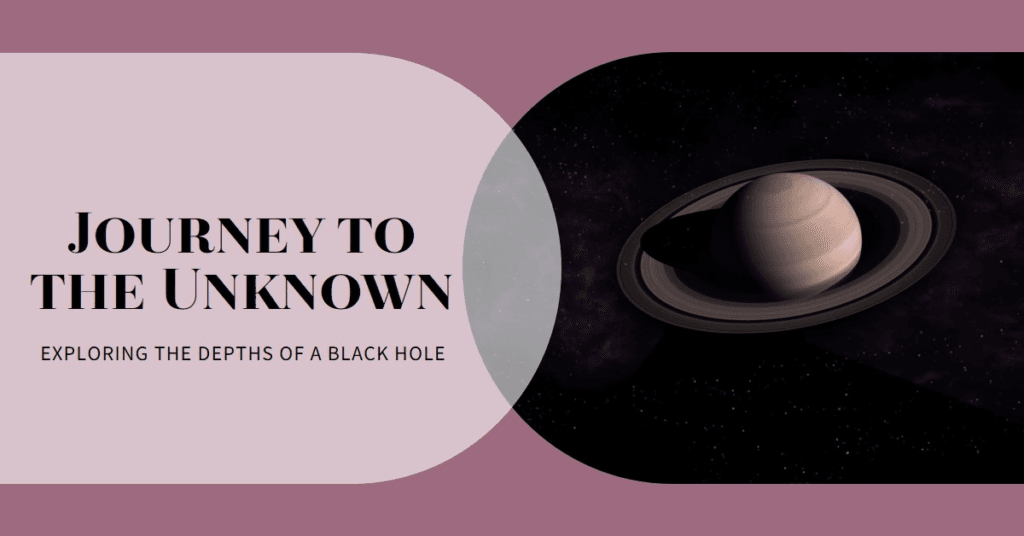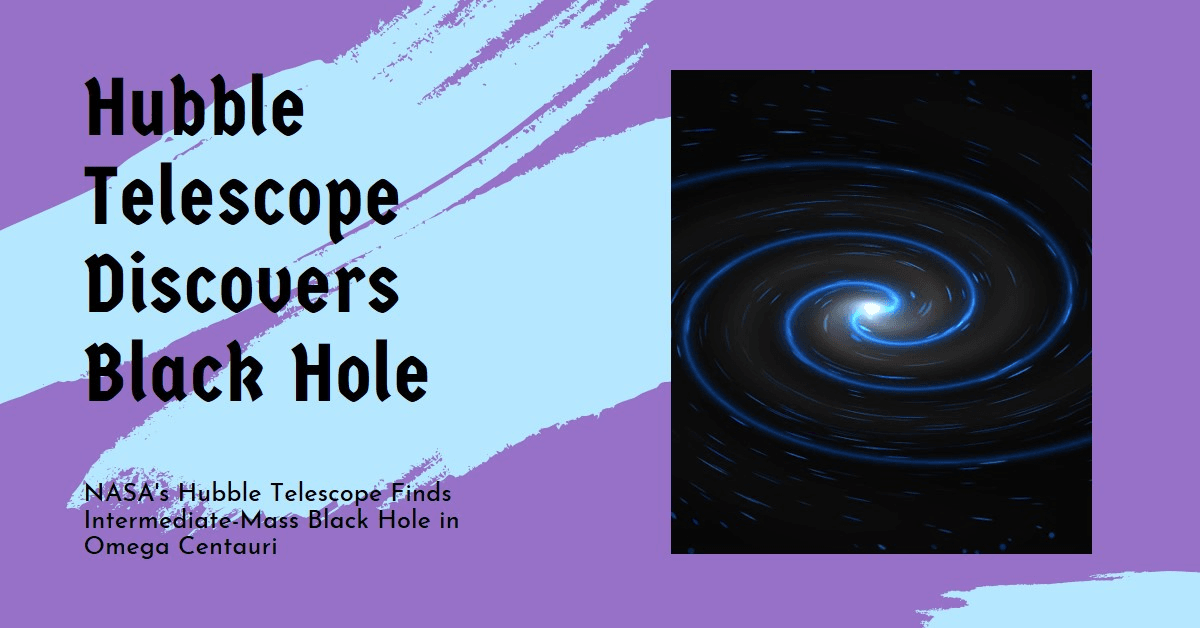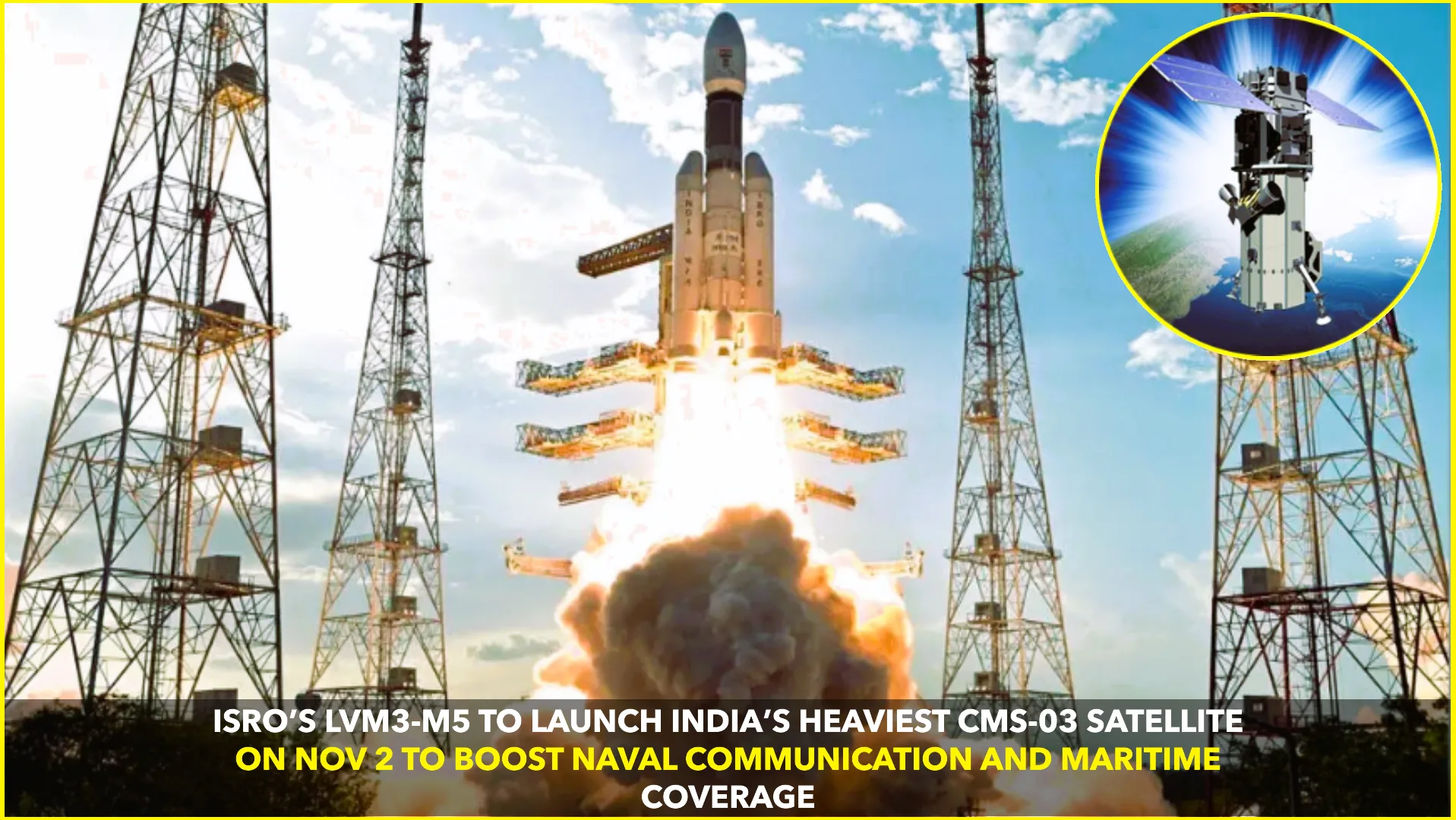A team of astronomers using data from NASA’s Hubble Space Telescope have unearthed compelling evidence for a long-sought astronomical anomaly: an intermediate-mass black hole (IMBH). The candidate black hole is located within Omega Centauri, the most massive and luminous globular cluster in the Milky Way galaxy.
Globular clusters are densely packed collections of millions of stars, and Omega Centauri is a giant among them, boasting roughly ten times the stellar mass of typical large globular clusters and approaching the mass of a dwarf galaxy. This particular cluster has a rich history of scientific intrigue, and this latest finding adds another chapter to its story.
Researchers analyzed over two decades of Hubble observations, meticulously tracing the motions of stars within the core of Omega Centauri. Their analysis revealed the presence of seven stars hurtling through this central region at extraordinary speeds. These anomalous velocities strongly suggest the presence of an unseen force with a mass significantly exceeding any single star – a hallmark signature of a black hole.
The theorized black hole is estimated to possess a mass 47,000 times greater than our Sun, placing it squarely within the intermediate-mass category. IMBHs are a hypothetical bridge between stellar-mass black holes, formed by the collapse of massive stars, and the supermassive black holes that reside at the hearts of galaxies. With only a few other IMBH candidates identified to date, this discovery holds significant weight in the field of astrophysics.
“The identification of this candidate IMBH is particularly exciting due to the scarcity of similar mass black holes in our galactic neighborhood,” said Dr. Nadine Neumayer, the principal investigator of the research. “If confirmed, the black hole within Omega Centauri could very well be the most prominent example of an IMBH within our cosmic vicinity.”
Confirmation of this IMBH would not only provide a crucial missing piece in the puzzle of black hole formation but would also establish a unique distinction for Omega Centauri – harboring a black hole closer to Earth than the supermassive black hole at the center of our own galaxy. The Milky Way’s central black hole lies a staggering 26,000 light-years distant, whereas Omega Centauri resides at a comparatively closer distance of 17,700 light-years.
Further investigation is required to definitively confirm the existence of this IMBH. Nonetheless, this discovery by Hubble represents a significant leap forward in our understanding of black holes and their fascinating evolutionary journey within the cosmos.
What happen if we really explore Black Hole?

Sending a physical probe directly into a black hole is a one-way trip for the probe (and a very interesting scientific endeavor!). Here’s why:
The Crushing Grip: Spaghettification
Black holes have an incredibly strong gravitational pull. As you approach the event horizon (the point of no return), the gravity becomes immense. This immense gravity wouldn’t uniformly pull on you; instead, it would stretch you out due to the differing gravitational forces on your head and feet. This is called spaghettification, and it wouldn’t be pleasant!
Intense Radiation
Black holes themselves don’t emit light, but their surroundings often do. A swirling disk of gas and dust, called an accretion disk, surrounds many black holes. This disk heats up due to friction, emitting immense amounts of radiation that could fry any probe.
Unpredictable Environment
The environment around a black hole is chaotic. There could be debris and particles whipping around at near light speed, posing a high collision risk. Additionally, the strong magnetic fields could damage or disrupt any electronics on a probe.
Beyond the Event Horizon
Once you cross the event horizon, the gravity is so strong that not even light can escape. According to our current understanding of physics, what happens beyond that point is a mystery.
So, How Do We Explore?
While physically venturing in isn’t possible, we can still study them! Telescopes like Hubble allow us to observe the behavior of stars and gas around them, offering clues about the black hole’s properties. Additionally, scientists are developing ways to image black holes directly, like the recent image of the M87 black hole.
In conclusion, exploring a black hole directly isn’t for the faint of heart (or any physical probes!). However, with advanced technology and clever observation techniques, we can still learn a lot about these fascinating cosmic giants.
#epicinfinite #epicarticle #epicblog
What do you think this discovery tells us about black holes?










